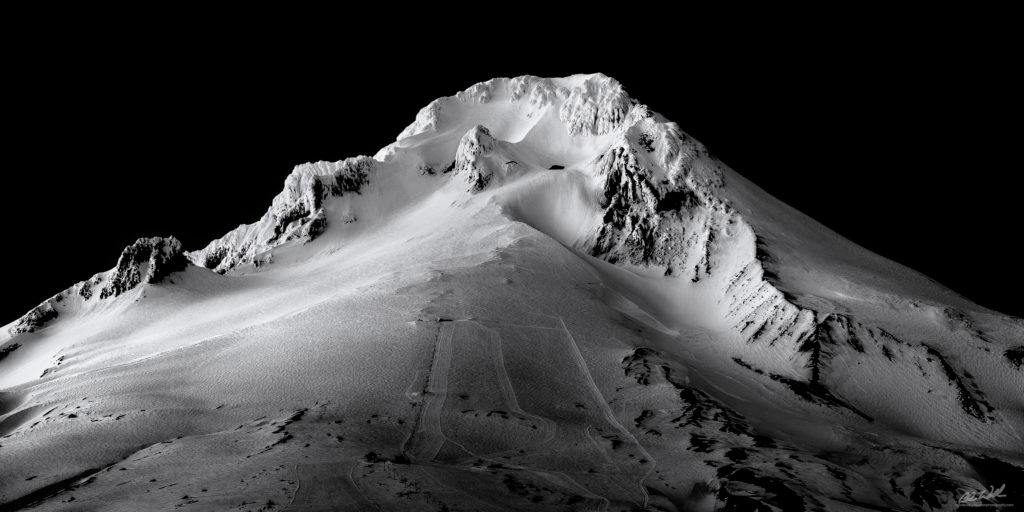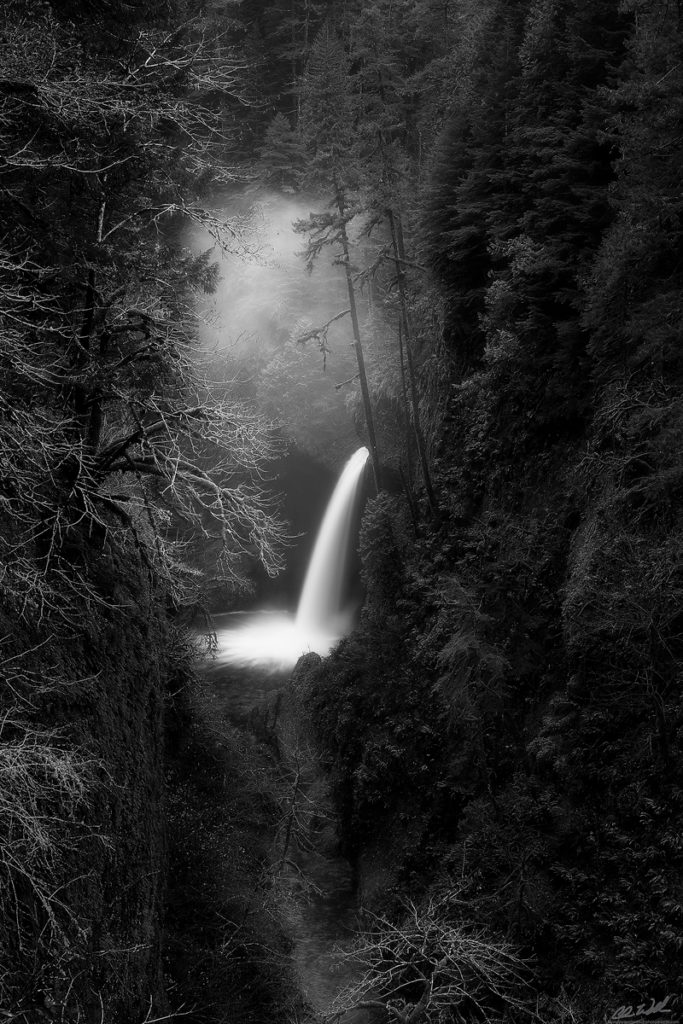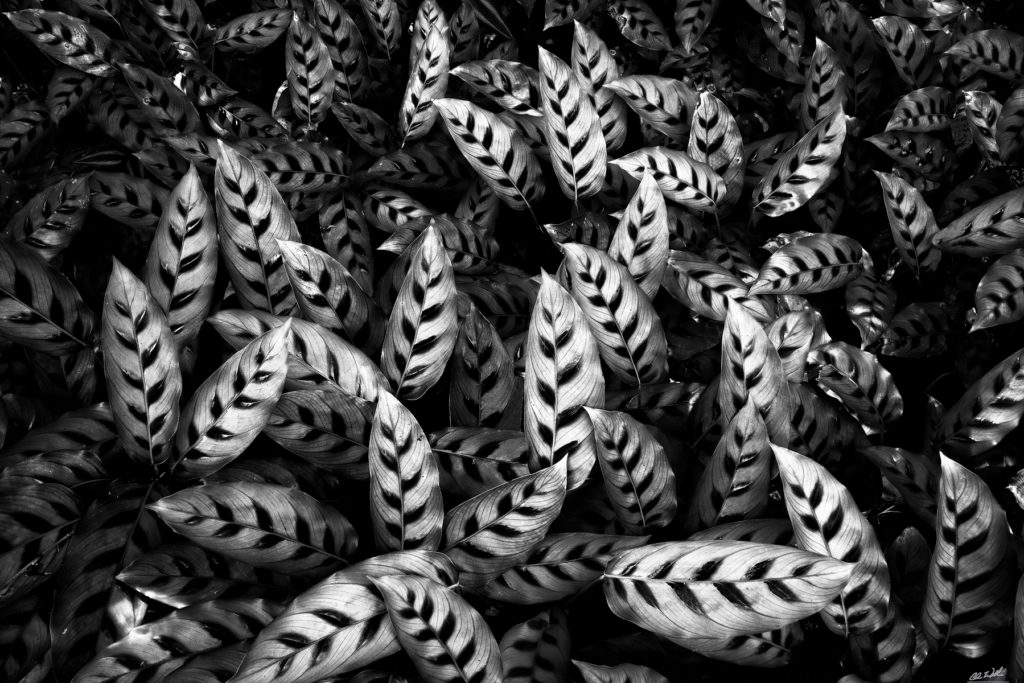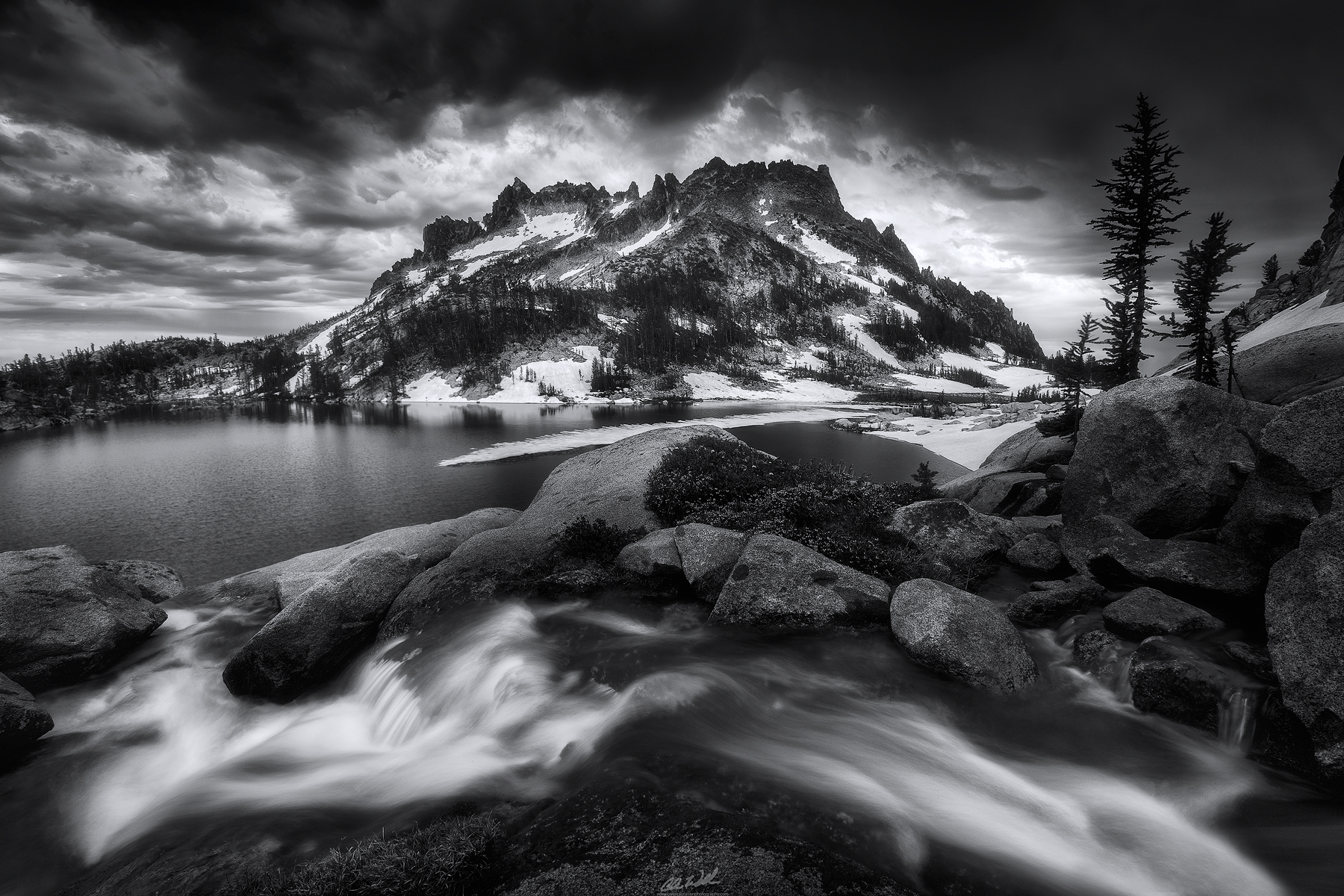Black and White Landscape Photography
 Let’s face it; we live in a world of saturated colors. In recent years it seems that the popularity of a photo is dictated by the ‘wow factor’. Saturated colors, composites and over the top scenes are what currently drive much of the landscape photography that we see on social media sites like Instagram, Facebook, Flickr and yes even 500px. When it comes to popularity those are the images that go viral and sell like hot cakes (at least for some people). It really begs the question; is black white landscape photography dead? I realize that this might be a bit of a bold question, but I think that it’s relevant. Stay with me.
Let’s face it; we live in a world of saturated colors. In recent years it seems that the popularity of a photo is dictated by the ‘wow factor’. Saturated colors, composites and over the top scenes are what currently drive much of the landscape photography that we see on social media sites like Instagram, Facebook, Flickr and yes even 500px. When it comes to popularity those are the images that go viral and sell like hot cakes (at least for some people). It really begs the question; is black white landscape photography dead? I realize that this might be a bit of a bold question, but I think that it’s relevant. Stay with me.
Black and white photography got it’s start long before color photography was even possible. It was essentially the father of modern day photography, but ironically, many people treat it as more of a novelty today in landscape photography. I think part of this is due to the fact that we only see the world in color through the camera’s viewfinder, image preview or in the Raws that we capture. Seeing the world in color forces us into a creative corner, so to speak. There are a handful of cameras on the market that offer black and white film modes (Fujifilm and Olympus) and even one camera that currently shoots solely in black in white; the Leica M Monochrome, but outside of that you’re really left to your own devices as far as imagining what a composition could look like in black and white. That’s where the major road block hits most photographers; when you’re out shooting you don’t typically take the time to think “Hey this would look amazing in monochrome!”. Let’s face it, that just isn’t a reality for most folks. Most of that realization occurs when you’re in the digital dark room editing your images and you realize that the colors don’t work or the light is begging for a higher contrast edit. That’s when the lightbulb kicks on and you think to yourself “Let’s try a quick mono conversion!”, and bingo you just fell back in love with the image that was causing you so much processing grief (admittedly, I’ve been guilty of this at times).
 I’m going to make a bit of a blatant statement here, but I think that black and white photography largely comes as an after thought for most landscape photographers today. Sure, there’s a handful of us out there that shoot almost exclusively for black and white, but I would venture to guess that we’re in a small minority. So with that said, what can happen if you start to solely shoot for the purpose of producing black and white imagery?
I’m going to make a bit of a blatant statement here, but I think that black and white photography largely comes as an after thought for most landscape photographers today. Sure, there’s a handful of us out there that shoot almost exclusively for black and white, but I would venture to guess that we’re in a small minority. So with that said, what can happen if you start to solely shoot for the purpose of producing black and white imagery?
Color Management Issues Become Irrelevant
I think that most of the landscape photography community can agree that saturation has gotten a bit out of hand over the past few years. Color bombs are everywhere and they’re an endless source of frustration for many of us. By eliminating the color in the image, it really forces you to pay attention to the subject, the lines, the contrast and the light. Color can, in some cases, really
take away from the overall appeal of the image, especially if you over-do it (everyone seems to have a different opinion of how much is too much and they aren’t afraid to tell you in most cases). Color theory and color management can become a huge point of frustration, especially if your monitor calibration is off, but these frustration become largely irrelevant in black and white photography. Even though the color issues may disappear, luminosity becomes more important than ever.
Luminosity Control is Key
It’s important to point out that colors will present themselves in a variety of shades when converted to black and white and luminosity plays an even more important role in your photos. Maintaining the luminosity (the perceived brightness of a color) of the colors present in your image during a black and white conversion is extremely important. The luminosity effects how the grays are perceived in your image. Red, green and blue will all present themselves differently when they are converted to Greyscale.

Red (left), green (center) and blue (right) are converted to their greyscale equivalents in the above image. This is roughly the way our eyes interpret those colors; 30% Red, 60% Green and 10% Blue, where the Green lightness is double that of the Red, much like our eyes see; there are double the number of Green color filters on a camera’s Bayer array as compared to the Red and Blue. As you can see luminosity, or perceived brightness, is much more important in a black and white image. The bottom line is that if you’re going to remove color from your image, you need to know how the greyscale tones relate to each other and how to control how they are presented in your image. The nice thing about this is that it really comes down to personal preference and how you want your image to look. Changing the luminosity of the above shades of grey can dramatically change the look and mood of your image. It’s important to keep this in mind when you’re in the field because the colors in your composition can and will shape how your image will translate to black and white.
Presentation of light becomes critical
 One of the most important aspects of black and white landscape photography is the presentation of light and shadow; it can dramatically change the overall impact of the image. The key is to emphasize the light that is already present in your image. When you’re in the field pay attention to how the directionality, the quantity, the quality and the brightness of the light impacts the overall scene. It’s equally important to look at how the shadows and dark regions in your composition effect the overall image as well.
One of the most important aspects of black and white landscape photography is the presentation of light and shadow; it can dramatically change the overall impact of the image. The key is to emphasize the light that is already present in your image. When you’re in the field pay attention to how the directionality, the quantity, the quality and the brightness of the light impacts the overall scene. It’s equally important to look at how the shadows and dark regions in your composition effect the overall image as well.
Placing an emphasis on light and dark, while maintaining a level of detail is really one of the best ways to give your monochrome photos a more dynamic and three dimensional feel and that process really begins the moment you take the image. When you start to pre-visualize your images in black and white, you really start paying attention to how light and shadow are presented throughout the scene. This can be difficult to do in the field, but with practice it almost becomes second nature. If done correctly; the presentation of light and shadow can really take your black and white imagery to the next level.
Black and white landscape photography really lends itself to more dramatic post processing. In a sense the realism of the photo is changed dramatically once color is eliminated. This allows you to become much more flexible than you otherwise might be with respect to post processing. The photography of Ansel Adams is a great example of this in that he used fairly dramatic post processing in the darkroom to emphasize light, lines and the overall composition. Don’t be afraid to push your artistic limits in the black and white medium to really emphasize the light that is present in the scene.
Lines, shapes and patterns are emphasized
When color is eliminated, the lines, patterns and shapes that are left behind are emphasized and can be emphasized even more through post processing. Repeating patterns and textures can add a great deal of visual value to your black and white imagery. With that in mind; black and white photography and abstract/intimate scenes can compliment each other quite nicely. Subjects that have repeating patterns like stands of trees and succulent plants provide an amazing starting point for a black and white conversion. Subjects like water can work extremely well as leading lines in a composition; think of the water as a bright line carving through the dark regions in your composition. Anytime that you notice a pattern or a distinct line in your composition; chances are that you should be able to emphasize that feature even more though a black and white conversion.
Composition is King
A black and white conversion places strong emphasis on your composition. Since color is irrelevant, you really have to make sure that your composition is fairly strong to begin with. Some compositions just won’t do well in a conversion. If the light is relatively flat or if the image is largely one color with no repeating patterns or shapes a black and white conversion just may not work. Don’t force it. It’s important to not only realize the strengths of the medium, but also the weaknesses as well. If the conversion feels forced, chances are it probably is. Pay attention to your composition and how the light and shadow emphasize or detract from it; this will be critical to the overall success of your image.
Is Shooting Film the Answer?
Pre-visualizing your compositions in black and white can be pretty darn difficult, especially in the field when the light is changing and the conditions are deteriorating. One of the best decisions that I recently made was to shoot my Olympus OM10 (I know not the best 35mm film camera; working on picking up an OM-2n) with Ilford HP5 Plus ISO 400 black and white film. I know this sounds like crazy talk, but shooting with black and white film really forces you to visualize your compositions in black and white. It’s actually helped me a great deal and I’m looking forward to seeing how much this endeavor will impact my shooting with my a7R.
Final Word
 I know, I know I still haven’t answered the question; is black and white landscape photography dead? The answer in short is no, absolutely not. In fact I think it’s more important than ever given the direction that the field is headed. In fact I think that black and white photography may actually save the field as we know it today and photographers like Sarah Marino are driving that point home more than ever before. In a sense the medium forces you to focus on the basics of photography, the bare bones if you will. Composition, leading lines, subject and light are all critical to the success of a black and white image. Throw color into the mix and a lot of those factors can take a back seat. I’m not saying that color can make up for a weak composition, but I think that it can distract from a strong one, if it isn’t managed correctly.
I know, I know I still haven’t answered the question; is black and white landscape photography dead? The answer in short is no, absolutely not. In fact I think it’s more important than ever given the direction that the field is headed. In fact I think that black and white photography may actually save the field as we know it today and photographers like Sarah Marino are driving that point home more than ever before. In a sense the medium forces you to focus on the basics of photography, the bare bones if you will. Composition, leading lines, subject and light are all critical to the success of a black and white image. Throw color into the mix and a lot of those factors can take a back seat. I’m not saying that color can make up for a weak composition, but I think that it can distract from a strong one, if it isn’t managed correctly.
Giving black and white landscape photography a chance just might change the way you see photography today. It can be a powerful medium if implemented correctly and it just might be what the field needs to get back to the basics of what makes a photograph truly speak to the viewer. It may not be for everyone and it may not work in every situation, but it can certainly make a huge impact in the way you view photography today given the right conditions.
